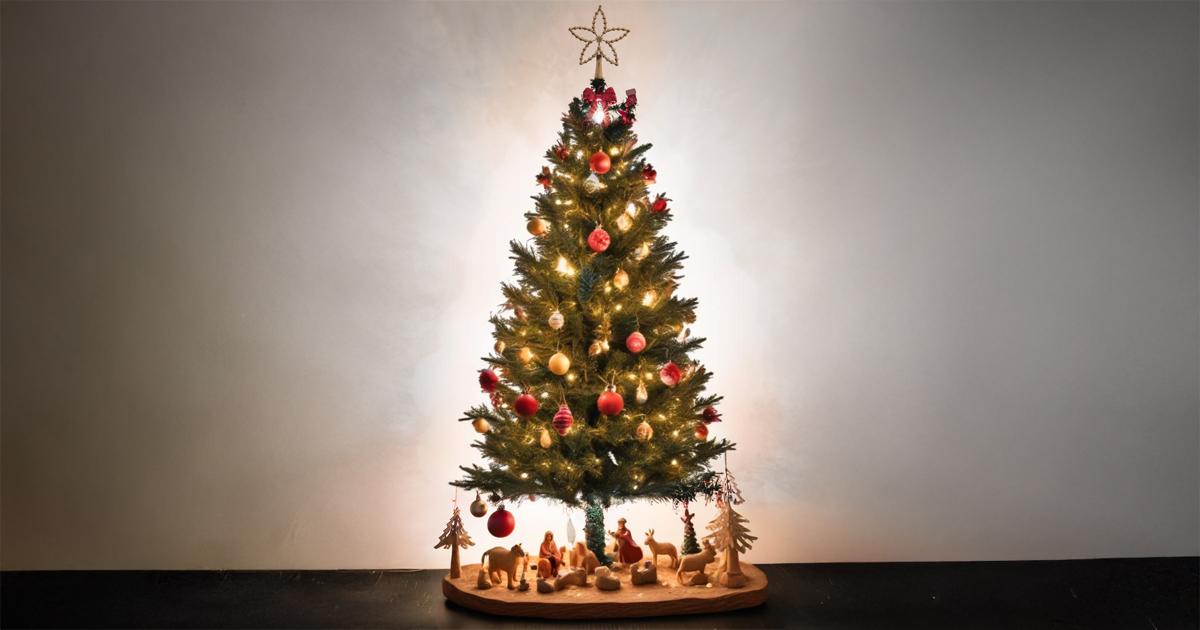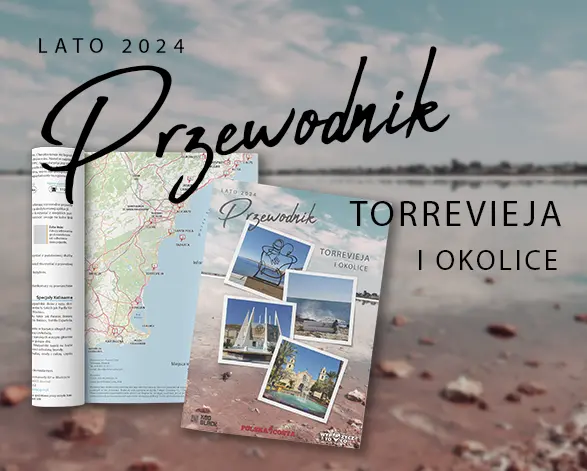
Hiszpańska tradycja świąteczna - szopki czy choinki?
Choć choinki i świąteczne dekoracje są coraz bardziej obecne w hiszpańskich domach, to szopki bożonarodzeniowe, zwane po hiszpańsku belenes, odgrywają główną rolę w świątecznych przygotowaniach. Hiszpanie od wieków pielęgnują tradycję tworzenia szopek, która ma swoje korzenie we włoskim średniowieczu. Pierwsze szopki przybyły do Hiszpanii w XVI wieku dzięki franciszkanom i szybko stały się nieodłącznym elementem hiszpańskiego Bożego Narodzenia. Dziś Hiszpania słynie z ogromnych, misternie wykonanych szopek, które można podziwiać na głównych placach miast oraz w specjalnych muzeach.
Hiszpańskie szopki to coś więcej niż tylko scenka przedstawiająca narodziny Jezusa. Zwykle są rozbudowane o wiele szczegółów, ukazując codzienne życie mieszkańców Betlejem. Tradycyjna szopka składa się nie tylko z postaci Świętej Rodziny, ale także pastuszków, zwierząt i rzemieślników, często przedstawionych w typowych dla Hiszpanii strojach. W niektórych regionach pojawiają się również postacie aniołów, diabłów, w Katalonii, tradycyjnie umieszcza się figurkę caganera - postaci chłopa lub pastuszka, który znajduje się w charakterystycznej, humorystycznej pozie. Choć figura ta na pierwszy rzut oka może wydać się zabawna i nietypowa, to jednak według hiszpańskiego folkloru jej wypatrzenie przynosi szczęście. Umieszczenie caganera w szopce symbolizuje odrodzenie i płodność, a także ma zapewnić pomyślność i urodzaj na nadchodzący rok.
Hiszpańskie miasta, takie jak Madryt, Sewilla, Barcelona czy Walencja, każdego roku organizują wystawy wielkich szopek, które przyciągają zarówno mieszkańców, jak i turystów. W Madrycie, na przykład, Plaza Mayor staje się miejscem największej wystawy szopek w stolicy, a specjalne rzeźby i figury ożywiają całą przestrzeń placu. W Sewilli można zobaczyć słynne szopki z setkami figurek w Parku Marii Luizy, zaś w Walencji, szopka na Plaza del Ayuntamiento, w samym sercu miasta, każdego roku cieszy się dużą popularnością. Wystawy te często przyciągają tłumy i tworzą wyjątkowy klimat, przypominając, że tradycja szopek jest w Hiszpanii żywa i pełna głębokiego znaczenia. Szopki miejskie często mają elementy nawiązujące do regionu, np.: charakterystyczne symbole danego miasta.
Ważność szopek w Hiszpania odzwierciedla fakt istnienia wielu muzeów poświęconych szopkom, co jest wyjątkowym zjawiskiem na skalę światową. W Alicante znajduje się jedno z najsłynniejszych muzeów - Museo de Belenes, które prezentuje szopki z różnych okresów i stylów, od klasycznych po współczesne, wykonane z różnych materiałów i w różnorodnych stylach regionalnych. Innym ważnym miejscem jest Muzeum Szopek w Mollina koło Malagi, gdzie znajduje się ponad 60 różnych szopek z różnych krajów.
Choinka, choć popularna na całym świecie, w Hiszpanii jest raczej dodatkiem do szopki, a nie główną dekoracją. Coraz więcej rodzin decyduje się na dekorowanie drzewka, co jest wpływem kultur anglosaskich, jednak nie dorównuje to tradycji szopek. Choinki można spotkać głównie w domach osób młodszych lub tych, które lubią podążać za nowoczesnymi trendami. Choinka zyskała popularność w Hiszpanii w drugiej połowie XX wieku, jednak nadal pozostaje symbolem mniej ważnym niż tradycyjne belenes.







